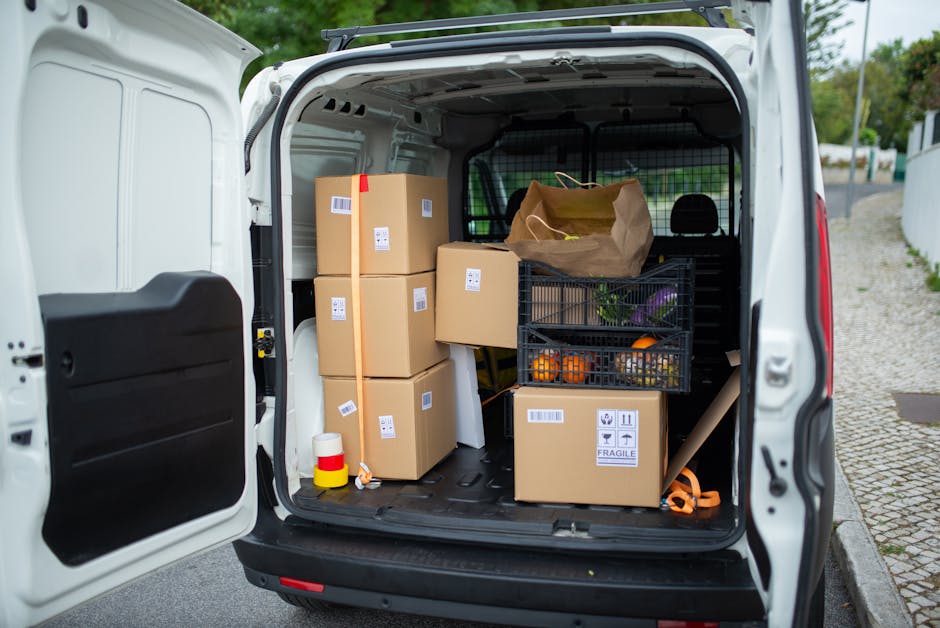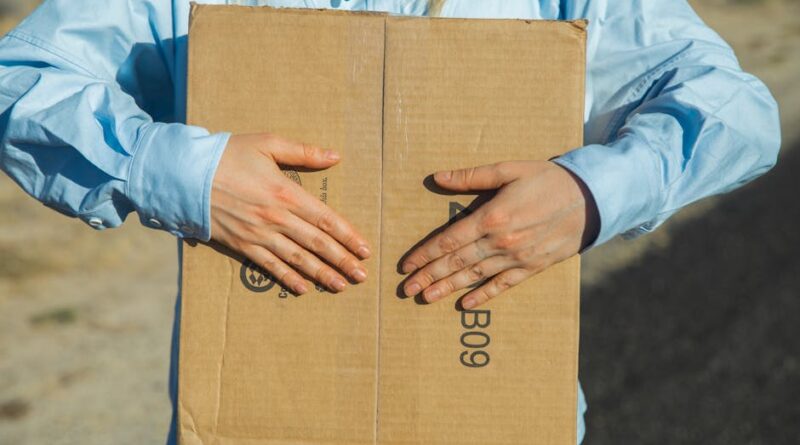Sustainable Practices in Supply Chain Logistics
Did you know that the logistics industry is responsible for nearly 14% of global greenhouse gas emissions? That’s about the same as the emissions from the entire European Union! If you’re curious about how to make supply chains greener, you’re in the right place. In this article, well explore sustainable practices in supply chain logistics that not only help the planet but can also save businesses money.
What is Sustainable Supply Chain Logistics?

Sustainable supply chain logistics focuses on reducing environmental impacts during the movement of goods. Think of it as finding ways to deliver products while being kinder to our planet. This includes everything from how items are packed to the vehicles used for transport.
But why should this matter to businesses? First, consumers today care about sustainability. They prefer brands that show a commitment to the environment. Second, sustainable practices often lead to cost savings, making them a win-win.
Why Embrace Sustainability in Logistics?

Businesses have several reasons to adopt sustainable logistics practices:
- Consumer Demand: Modern shoppers want eco-friendly options.
- Cost Efficiency: Going green can lower operating costs.
- Regulatory Compliance: Many governments require sustainable practices.
- Brand Reputation: Being green enhances a brand’s image.
According to a study by the World Economic Forum, companies that prioritize sustainability in their supply chains see improved financial performance. This shows that being green isn’t just good for the Earth; it’s good for business too!
How Can Businesses Implement Sustainable Practices?

Now that we understand the importance of sustainable logistics, lets dive into some effective practices. Here are a few that can make a big difference:
1. Optimize Transportation Routes
Routing is key. By optimizing transportation routes, companies can reduce fuel consumption. This can be achieved through software that calculates the most efficient paths. For example, delivery trucks that take shorter routes not only save gas but also time!
2. Use Eco-Friendly Packaging
Packaging contributes significantly to waste. Switching to biodegradable or recyclable materials can make a big impact. Companies like Unilever are leading the charge by using sustainable packaging for their products. This not only helps the environment but also attracts eco-conscious consumers.
3. Invest in Energy-Efficient Vehicles
Many companies are upgrading their fleets to electric or hybrid vehicles. These vehicles use less fuel and produce fewer emissions. For instance, Amazon has ordered 100,000 electric delivery vans to reduce it’s carbon footprint. This move not only cuts costs over time but also boosts the companys green credentials.
4. Implement a Circular Supply Chain
A circular supply chain emphasizes reusing materials. Instead of following the traditional “take-make-dispose” model, it focuses on recycling and reusing products. Example: Companies like IKEA are designing products for disassembly, which makes recycling easier.
Can Technology Help With Sustainability?

Absolutely! Technology plays a crucial role in sustainable supply chain logistics. Here are a few ways it can help:
- Data Analytics: Businesses can analyze data to optimize routes and inventory, reducing waste.
- Blockchain: This technology improves transparency, ensuring that materials are sourced responsibly.
- Automation: Robotics in warehouses can increase efficiency and reduce energy consumption.
According to McKinsey, companies that leverage advanced technologies can see a 15-20% reduction in logistics costs. This shows that tech and sustainability can go hand in hand.
What Challenges Do Companies Face?
While there are many benefits, companies often face challenges in adopting sustainable practices. Here are some common hurdles:
- Initial Costs: Investing in green technology can be expensive upfront.
- Resistance to Change: Employees and suppliers may be hesitant to adapt new methods.
- Lack of Knowledge: Some companies might not know where to start.
Overcoming these challenges requires strong leadership and commitment from all levels of the organization.
What Are Real-World Examples of Success?
Several companies have successfully integrated sustainable practices into their logistics. Here are a few highlights:
1. Patagonia
This outdoor clothing brand is known for it’s commitment to sustainability. Patagonia uses recycled materials for it’s products and focuses on fair labor practices. Their “Worn Wear” program encourages customers to trade in old gear, promoting reuse.
2. Walmart
Walmart has set ambitious goals to reduce emissions in it’s supply chain. The retailer aims for zero emissions in it’s global operations by 2040. They’ve implemented energy-efficient technologies in their warehouses and work closely with suppliers to ensure sustainability.
3. Dell
Dell has committed to using sustainable materials in it’s products. Their supply chain focuses on recycling and minimizing waste. Dells initiatives include sourcing recycled plastics and using energy-efficient manufacturing processes.
How to Start Your Own Sustainability Journey?
If you’re ready to make your supply chain more sustainable, here are some steps to consider:
- Assess Your Current Practices: Evaluate your supply chain for inefficiencies.
- Set Clear Goals: Define what sustainability means for your business.
- Engage Stakeholders: Include employees and suppliers in your sustainability journey.
- Measure Progress: Use metrics to track your achievements and areas for improvement.
Remember, every small change can lead to big results. Start with one practice and build from there!
Conclusion: The Future of Sustainable Supply Chain Logistics
The future of supply chain logistics is undeniably green. As we face climate change and resource shortages, sustainable practices will become essential. By optimizing routes, using eco-friendly packaging, and leveraging technology, businesses can thrive while caring for our planet.
So, whether you’re a business owner or just someone interested in sustainability, remember that every action counts. Embrace sustainability and be part of the solution!
For further reading on sustainable supply chains, check out this resource from the World Economic Forum: How to Create Sustainable Supply Chains.
Interested in more green practices? Check our related post on Sustainable Business Practices.



